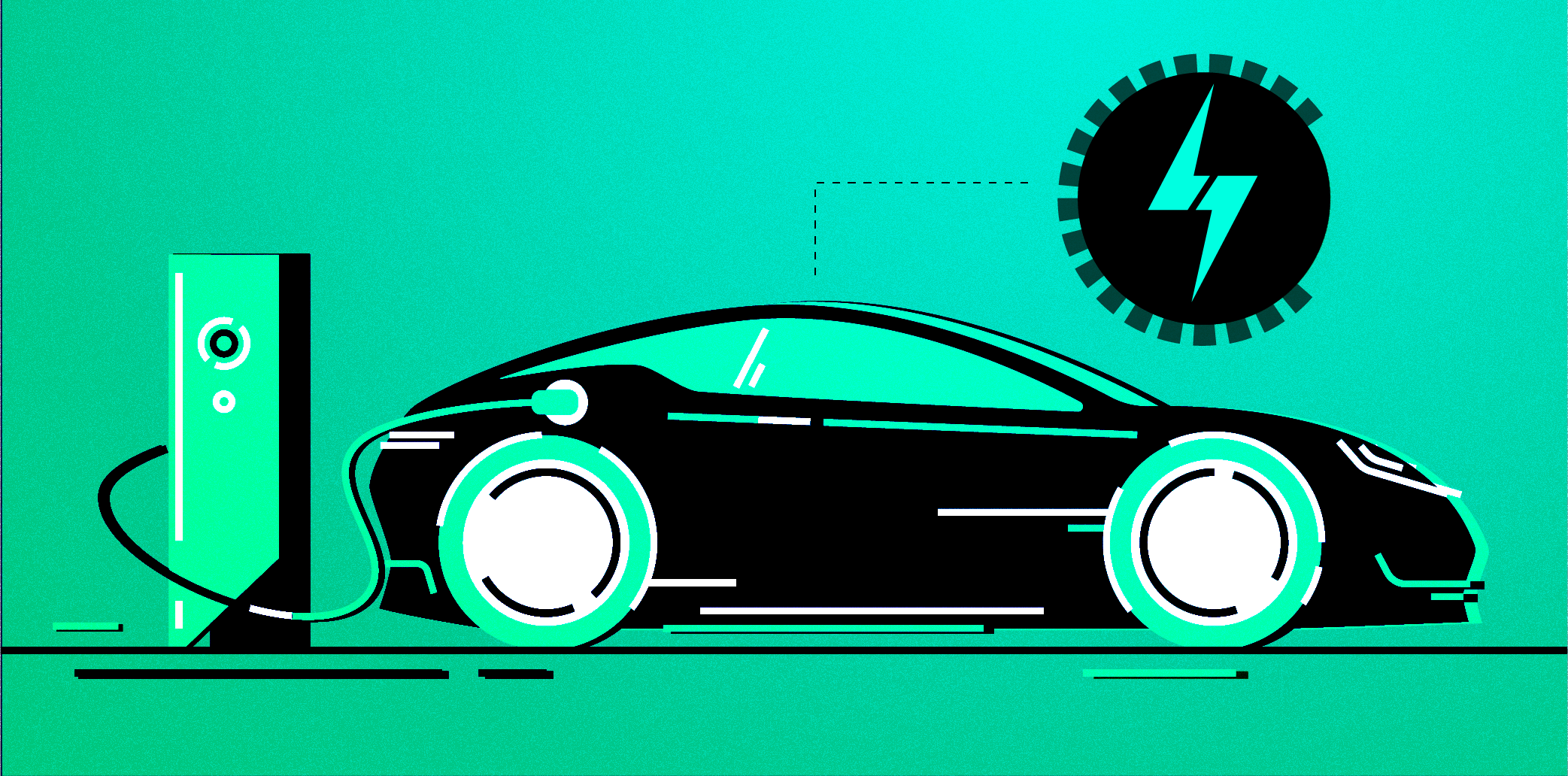Chinese battery maker Gotion High-Tech plans to nearly double the energy density of lithium iron phosphate (LFP) batteries by 2030, which could in turn double the driving range of electric vehicles and significantly reshape competition in the battery sector.
Gotion High-Tech is noted for its low-priced LFP batteries used in the USD 4,500 Hongguang Mini EV from SAIC-GM-Wuling Automobile.
Cheng Qian, executive vice president of Gotion High-Tech, told Nikkei Asia that the company will eventually raise the energy density of LFP batteries to 300 Wh/kg.
Energy density refers to how much energy a battery contains compared to its weight. Any battery rated at 300 Wh/kg would provide outstanding driving range. And considering that standard LFP batteries’ energy density is around 160 Wh/kg, Gotion’s future batteries would even outperform current nickel-manganese-cobalt (NMC) batteries used in some EVs, which top out at about 250 Wh/kg.
High energy density helps reduce EV operating costs by extending driving range and reducing the overall strain on the battery. Cheng said the company would eventually be able to achieve 300 Wh/kg “by improving the performance of materials in both the positive and negative electrodes.”
No details have been revealed, but the release of Gotion’s latest LFP batteries rated at 230 Wh/kg has provided insight into the company’s efforts.
One thing to note is Gotion’s use of silicon in the negative electrodes’ materials instead of graphite. Silicon can improve the energy density of lithium ions over graphite by about 11 times. But silicon decreases energy volume after the first charging cycle, a problem that Gotion solved by adding lithium ions to the electrodes.
“Performance could improve further depending on the combination of LFP batteries and negative electrodes,” said Kiyomoto Kawakami, CTO of Eliiy Power, a Japanese maker of LFP batteries.
Metallic lithium, which has a higher energy density than silicon, is used in some negative electrodes but causes crystal-like growths on the negative electrode to form. Called dendrites, this growth reduces battery performance and life.
Adding manganese to the materials in the positive electrodes also helps solve the comparatively low energy density that comes with using silicon. One reason behind the low energy density of LFP’s previous batteries is that battery voltage was as weak as 3.2 volts. However, adding manganese increased voltage by about 15%.
LFP batteries—which do not use nickel or cobalt—were once regarded as inferior to NMC batteries. But recent improvements have led EV makers to use them in long-range models as well as low-priced EVs.
LFP batteries made by Chinese battery maker Contemporary Amperex Technology (CATL) and others were found in about half of Tesla’s EVs sold in the January-March quarter of this year. Gotion said that the energy density of CATL’s LFP batteries in Tesla cars is only about 160 Wh/kg—well below Gotion’s 230 Wh/kg.
German automaker Volkswagen stands to benefit from Gotion’s latest battery as it is the Chinese company’s biggest shareholder with a roughly 26% stake. Volkswagen plans to produce its own LFP batteries in Germany in 2025 with Gotion’s help, aiming to sell EVs with a driving range of more than 400 km and priced at EUR 20,000 (USD 20,528).
The switch to LFP batteries is increasing as the supply for nickel and cobalt tightens, while iron and phosphorus are still widely available.
LFP batteries will make up 38% of the EV battery market in 2030, up 16 percentage points from 2020, according to a March estimate by Goldman Sachs. “LFP batteries could become a de facto standard,” says University of Tokyo professor Atsuo Yamada.
The challenge facing the entire EV battery industry is soaring lithium prices. LFP batteries use more lithium than their NMC counterparts.
Previously, NMC batteries cost 30% more, but this narrowed to 17% in January, according to Oslo-based consultancy Rystad Energy. As low price is no longer as advantageous as before, LFP battery development has been focused on improving energy density.
Major Japanese carmakers have remained cautious about LFP batteries. “The driving performance that consumers want cannot be achieved because LFP batteries make EVs heavier,” said an executive of a major Japanese carmaker.
Nissan Motor and Honda Motor are focusing on solid-state batteries in the hope of drastically improving the energy density compared with NMC batteries.
That said, the commercialization of solid-state batteries is not expected to happen until the late 2020s. If Japanese carmakers underestimate LFP batteries, they could lag behind their foreign rivals in rolling out more EVs.
This article first appeared on Nikkei Asia. It has been republished here as part of 36Kr’s ongoing partnership with Nikkei.

